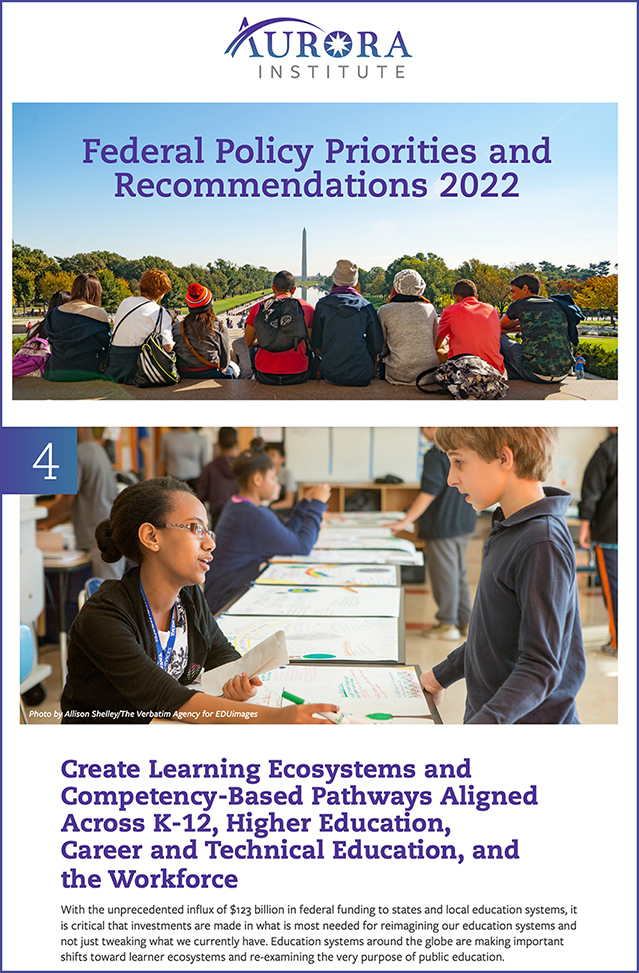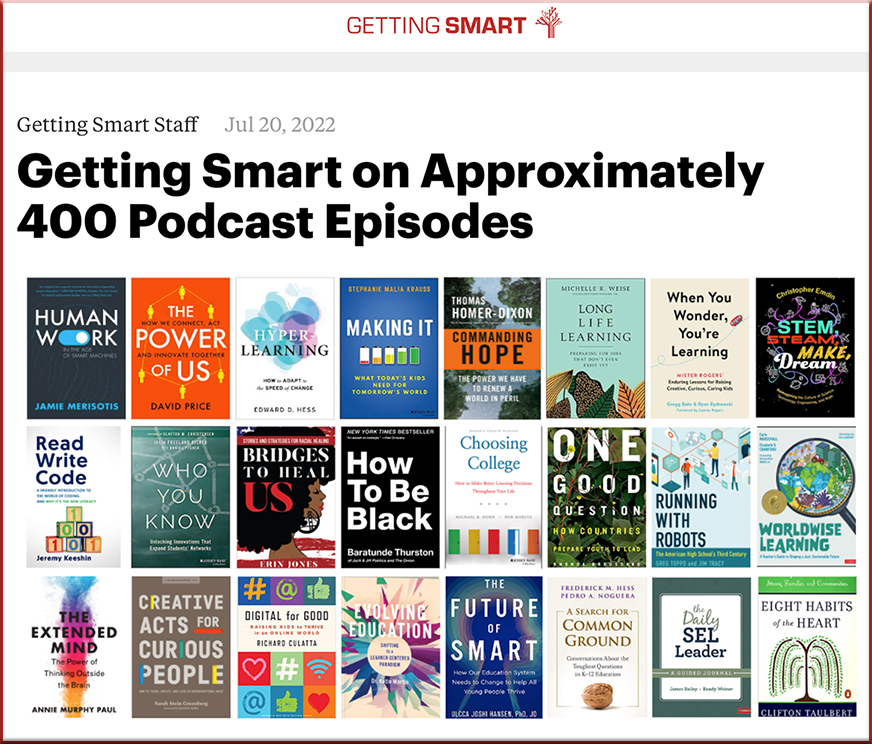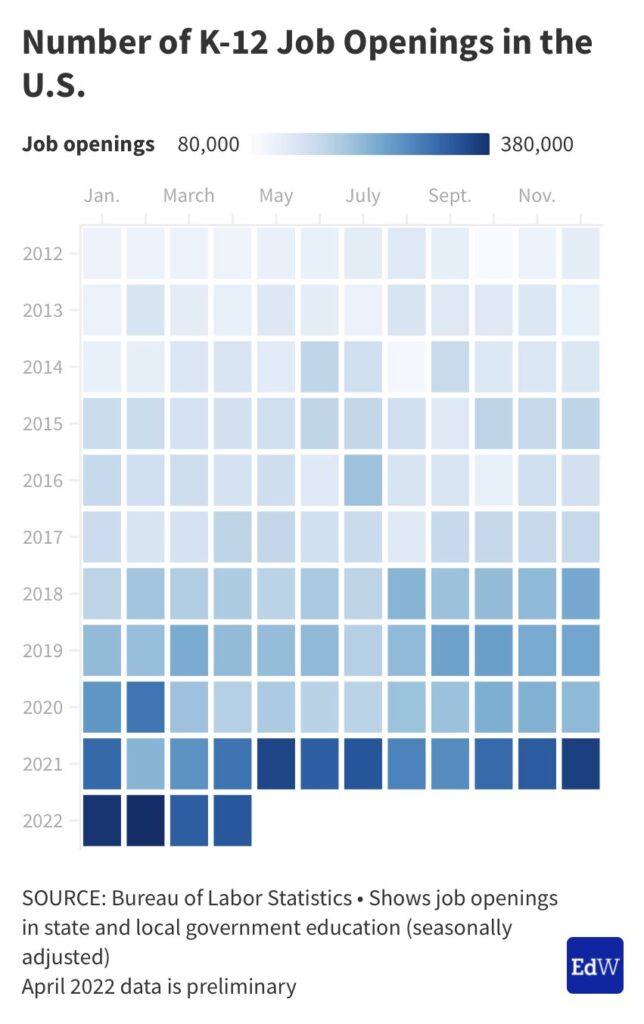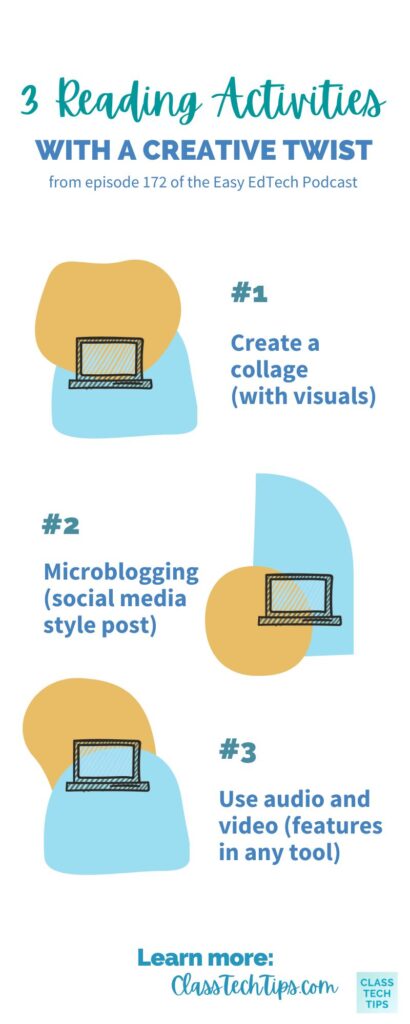Why my school is putting music education front and centre — from educationhq.com by Justin Garrick
Excerpt (emphasis DSC):
Music education must not be only for those already with the background or the early talent or the pre-existing motivation to access it.
Music education must be for all, because music itself is for all.
Just like language and literature, which are at the compulsory core of the curriculum, music is the expression of culture and is pervasive to our daily experience. It surrounds us on the airwaves of radio, television and streaming in all the glory and diversity of its genres.
It influences our thoughts and moods and choices. We exercise, drive, shop, eat and celebrate with music. It’s intrinsic to our wellbeing, our social interaction, our spiritual and sensual experience, and to our religious, national and cultural rites.
From DSC:
I’m very grateful for the choir-related classes and experiences that I’ve had throughout my lifetime. I’m grateful for learning the basics of playing the piano and the drums. Although I didn’t stick with either instrument, I’m glad that I can read some (basic) music. But beyond that, music hosts so many memories for me. I’m instantly taken back to various times, places, people, and emotions — depending on the song(s) that I’m listening to.













